7 Fun Facts About Mini Australian Shepherd
01.12.2020.
The Miniature Australian Shepherd is a relatively new recognized member of the AKC breed registry, and it is certainly a breed with loads of advantages and appeals. However, they are registered by a different name, although it is the same breed.
The lovely Mini Australian Shepherd is a compact breed with strong herding instincts, making them great workers and easily managed at home due to their smaller size. This is a breed that has become very popular since its beginnings, and we bring you a list of seven fun facts you might not have known about these dogs.
1. Name confusion
The “standard” Australian Shepherd has a misleading name, and in fact, they have ancestors from Australia, but the breed was fully formed in the American Mid-West. Keeping with that tradition, the Miniature Australian Shepherd is not the name that the breed was registered by; the actual name is the Miniature American Shepherd.
It can sound rather confusing but look at it like this; regular Aussie Shepherds are an American breed, and the Miniature version has a name that confirms that. The AKC recognized this breed in 2015, and their rising popularity started to rise even faster. The Mini Aussie Shepherd kept the characteristics of their “bigger” brother but packed them in a smaller package.
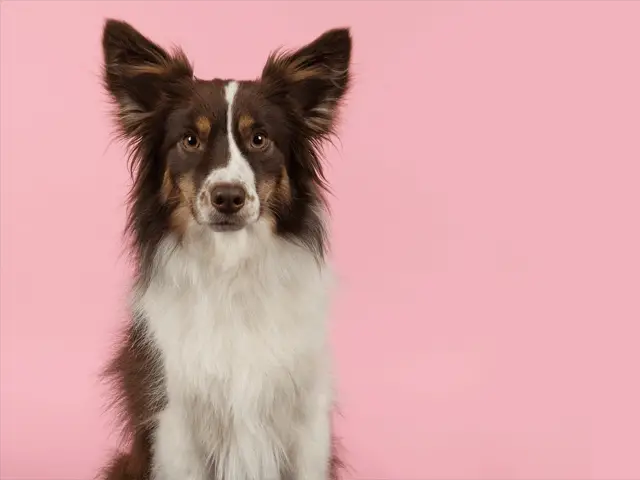
2. History
The Miniature Australian Shepherd is a breed developed in the 1960s in California by a few Australian Shepherd lovers who wanted a smaller dog with the same characteristics. Their creators encountered small Australian Shepherds working the US rodeo circuit and were so impressed by their working ability and demeanor that they wanted to start breeding the smallest Aussie Shepherds they could find.
The first specimens were selectively bred to reduce their size further. Some of the newly produced dogs started to travel around the US alongside equestrians traveling to horse shows and competitions. That meant that the Miniature Australian Shepherd quickly spread the news about their existence across the US, and the general public wanted to get these dogs for themselves. Talk about getting a flying start.
3. Miniature Australian Shepherd controversy
The creation of the new breed wasn’t accepted by everyone, especially the Australian Shepherd breeders, that couldn’t wrap their heads around the idea of creating a new breed whose only goal was to reduce the size of an existing breed. They didn’t accept the new breed and even claimed that it would affect the further development of the “standard” Aussie.
The creators of the Miniature American Shepherd used Dachshunds as an example and said that Dachshunds came in different sizes and were all registered and entirely accepted by the AKC. No amount of discouragement would throw them off their tracks, and their hard work reached a pinnacle in the 1990s. Suddenly, everyone wanted a Miniature Australian Shepherd, and their popularity went through the roof.
If you like this article, you might be interested in reading this: Full Profile of the Australian Shepherd.
4. Characteristics
If you are interested in one of these dogs, learning the difference between them and the original, full-sized Australian Shepherds would be a good idea. They might look similar at first glance, but there are some subtle differences between these two breeds.
Miniature American Shepherds have a fully recognized standard that says these dogs should be between 13 and 18 inches tall and weigh 20 - 40 pounds. Australian Shepherds should be between 18 and 21 inches tall and can weigh 40 - 65 pounds.
The original Aussie is a much larger breed, precisely their main difference. Both breeds come in various colors, from red merle, blue merle, black, and red, and both breeds should not have white body splashes (white patches between their tails and withers).
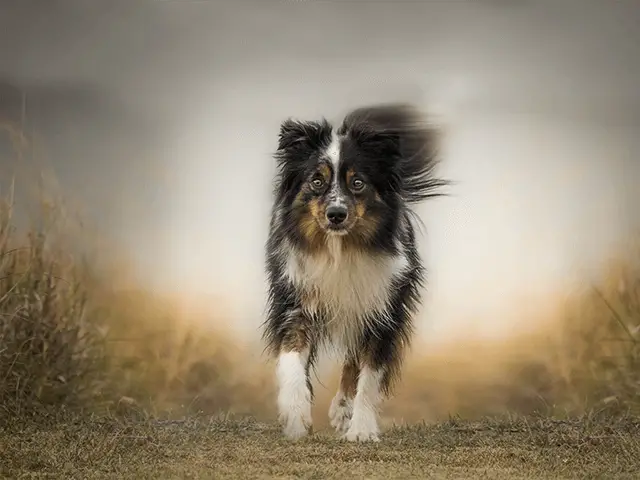 Photo by: Tam White
Photo by: Tam White
5. Health influence
When creating a new breed, one of the biggest questions is how healthy these new dogs will be. That question is crucial if there is a significant size reduction because breeders often use dogs with dwarfism to reduce a breed’s size. One of the big differences is that the Miniature American Shepherd’s life expectancy is shorter than that of an Australian Shepherd. Mini Australian Shepherds can live up to 13 years, while the standard Aussie Shepherds can live up to 15 years.
It looks like there were no bigger health impacts done to this breed by making it smaller. These dogs are prone to eye problems, like the Australian Shepherds, hip dysplasia, elbow dysplasia, progressive retinal atrophy, and sound sensitivity. These dogs have extremely sensitive ears and are prone to developing sound phobias.
If you love this breed, check out their full profile: Miniature American Shepherd.
6. Energy levels
People often forget how energetic and active these dogs are. Getting a Miniature Australian Shepherd solely for their cuteness is generally not a good idea. If you are looking to get a pet who is as fluffy as the Miniature Aussie, think about getting a less active breed, especially if your busy schedule doesn’t allow you to spend enough quality time with them.
Standard Aussie Shepherds are one of the smartest and most active breeds, which isn’t a surprise because they are closely related to the most intelligent dog breed - the Border Collie. It is natural to assume that their descendants would be smart and energetic too. Make sure you provide your Mini Australian Shepherd with at least three walks a day and a minimum of 90 minutes of vigorous exercise. If their physical and mental needs are not fulfilled, they can become destructive and develop behavioral problems.
7. Care and maintenance
Caring for the Miniature Australian Shepherd will not be a cakewalk either. Besides providing them with plenty of mental and physical activities, they should be regularly brushed and groomed if you want to keep their luscious coats looking their best. Minis have a thick double coat that sheds quite a bit, so you might want to consider investing in a great vacuum cleaner.
Brush your dog regularly, and bathe them every 6 - 8 weeks, especially if they live inside the house where one might want a good-smelling dog. Twice a year, these dogs will blow their entire undercoat, so daily brushing will be necessary if you’re going to keep the dead hair off your things. Check their ears for signs of problems, and don’t forget to check their eyes for any issues.
Trim their nails if they don’t wear them out naturally. If you are OK with that, you will get an amazing little active companion that will shower you with affection.
If you want to easily survive the shedding season, check out this article that will help you get through it: Shedding season Must-Haves.
World Dog Finder team

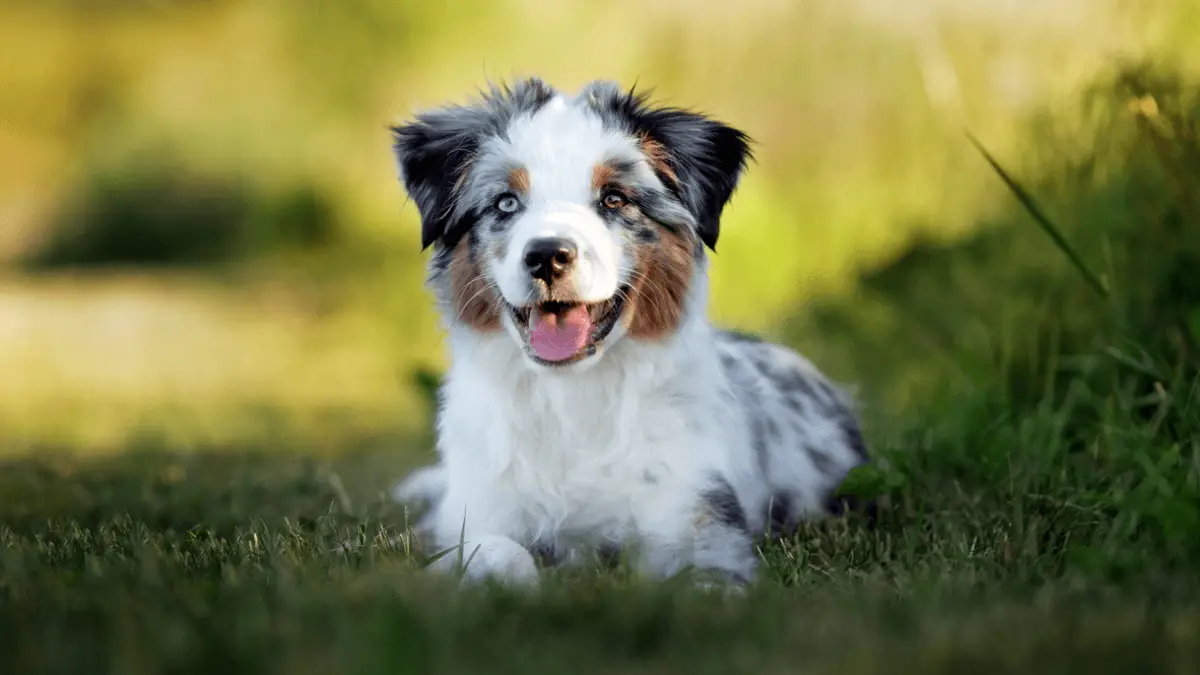
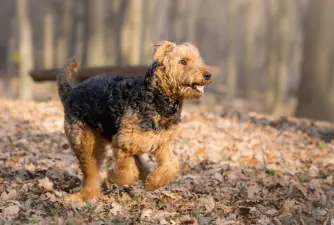
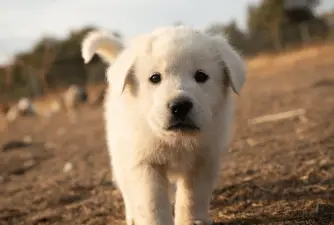

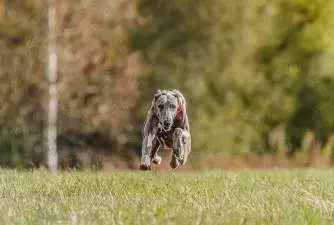

Share